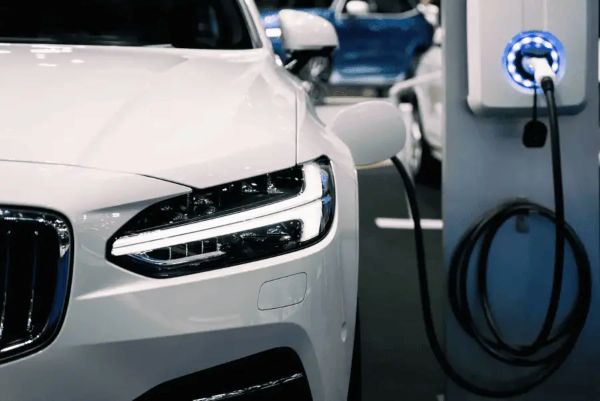As electric vehicles (EVs) become increasingly popular, the demand for efficient and rapid charging solutions is skyrocketing. One of the most talked-about options is Level 3 charging, also known as DC fast-charging. This article explores what Level 3 chargers are, why they’re so effective, and whether installing one at home makes sense.
What Is Level 3 Charging?
Level 3 chargers, or DC fast chargers, are the most powerful EV charging systems available today. Unlike Level 1 and Level 2 chargers, which use alternating current (AC), Level 3 chargers supply direct current (DC) directly to the vehicle's battery. This allows for much faster charging — typically adding 100 to 250 miles of range in just 30 to 45 minutes.
Level 3 chargers operate at high voltages, generally between 400 and 800 volts, which far exceed the 240 volts commonly found in residential homes.
Famous examples include Tesla’s Supercharger network, as well as EVgo and Electrify America. Charging speeds range widely, from 50 kW up to 500 kW, depending on the charger and the vehicle’s capabilities. It’s important to note that your car can only charge as fast as its onboard charger allows — even if the station offers higher power.
Why Isn’t Level 3 Charging Common at Home?
While the speed of Level 3 chargers is impressive, installing one in a typical home setting is challenging for several reasons:
Voltage Requirements
Level 3 chargers require up to 480 volts or more, while most homes are equipped for 120 or 240 volts.
Power Draw
These chargers draw extremely high power — 100 kW or more — compared to an average home’s total daily consumption of about 30 kW. This can easily overwhelm residential electrical systems.
Infrastructure Costs
Upgrading home electrical infrastructure to support Level 3 charging involves costly electrical service upgrades, possibly requiring transformer and wiring replacements, making it prohibitive for most homeowners.
Is Installing a Level 3 Charger at Home Worth It?
If you’re thinking about adding a Level 3 charger at home, consider these factors:
1. Your EV’s Charging Capacity
Many EVs, including Tesla’s current models, typically max out at around 11.5 kW for AC charging at home. Popular vehicles like the Lucid Air or Ford F-150 Lightning variants often don’t exceed this limit either. So, a Level 3 charger’s extra power may go unused.
2. Your Driving Habits
Level 3 chargers are designed for quick top-ups on long trips, not typical daily use. For most commuters, overnight Level 2 charging is sufficient.
3. Cost vs. Convenience
Level 3 chargers are expensive to buy and install, requiring major electrical upgrades. For most drivers, the convenience gained doesn’t justify the high cost.
What’s the Best Home Charging Option?
For most EV owners, Level 2 chargers strike the perfect balance. They provide ample power to fully recharge most EVs overnight (about 8 hours for a full charge) and are much easier and less costly to install.
Conclusion
Level 3 chargers offer unbeatable speed for fast charging, making them ideal for highway stops and long-distance travel. However, their high installation cost, significant space needs, and demanding electrical requirements make them impractical for most residential settings.
For daily home charging, Level 2 chargers provide more than enough power, at a reasonable price, with simpler installation. If you frequently take long road trips, relying on public Level 3 stations such as Tesla Superchargers or Electrify America may be a smarter, more cost-effective choice.Know more about Google SEO Directory





Comments